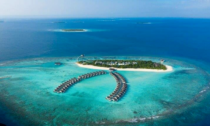
The coral fragment from the seafloor off the coast of the resort Siyam World Maldives in the Noonu Atoll had a stark contrast. One inch of the coral’s light brown tips was bumpy with living polyps, while the rest was dull white, resembling a dead tree branch. This coral species, known as acropora hemprichii, grows in the shallow reefs of the Maldives in tapered branches which eventually look like a bush or dome as they grow.
That piece of coral I spotted broke off from its home likely due to a powerful wave or a careless snorkeler. Once it fell into the sand, it began to die off. To the untrained eye, it seemed like there was no hope for that little coral fragment.
However, that fragment was far from dead, and the solution to reviving it was simple.
Coral planting is a simple act of fastening a coral fragment to a metal frame and placing it in a safe, shallow area of the ocean. In mere months, the coral has the potential to flourish once again. As the corals regenerate, the reef becomes more habitable for fish, that swim through and make the frames part of their home. Over 25% of the world’s fish inhabit and get their food from coral reefs.
As climate change and human activity continue to threaten coral reefs, tropical destinations such as the Maldives are turning to coral restoration initiatives, such as coral planting, to save the ocean, which they heavily rely on for tourism and the local way of life.

Resort guests are encouraged to get involved and protect the very ocean that drew them to the Maldives in the first place – and the call is being answered. According to Booking.com’s Sustainable Travel Report 2023, two-thirds of its 33,000 survey respondents said they “want to leave the places they visit better than when they arrived.”
“Ninety-nine percent of people come to the Maldives for the ocean because they want to snorkel,” said Mariyam “Thuhu” Thuhufa, marine biologist at Siyam World Maldives, which offersoffers marine conservation activities for guests including coral planting and lagoon clean ups. “A lot of them do get very curious, a lot of them are keen to understand what they can see and how they can help.”
No one went to the Maldives 50 years ago: Now it’s one of the hottest destinations.
How important are coral reefs to the Maldives?
The Maldives is an archipelago made up of over 1,000 islands sitting mere feet above sea level, which means the country is 99% ocean. And that’s where most of the natural diversity exists, from manta rays in the north to hammerhead sharks in the south.
“Without the ocean, the Maldives just can’t exist,” said Thuhufa.
All Maldivians depend on the ocean in some way, 71% rely on it for their primary source of income. Maldivians get their food from line fishing at coral reefs, such as snapper or emperor fish. Fishing for big game fish like tuna is also the second largest industry, following tourism.
Without healthy coral reefs, the islands wouldn’t even exist. “If you go to a local island, you’ll see a lot of the houses are built very close to the ocean, right next to the beach,” said Thuhufa. During monsoon season, from May to November, big swells wash away the beaches, but a healthy reef can break the wave energy before it reaches the island, she said.
The fate of coral reefs are in resorts’ hands
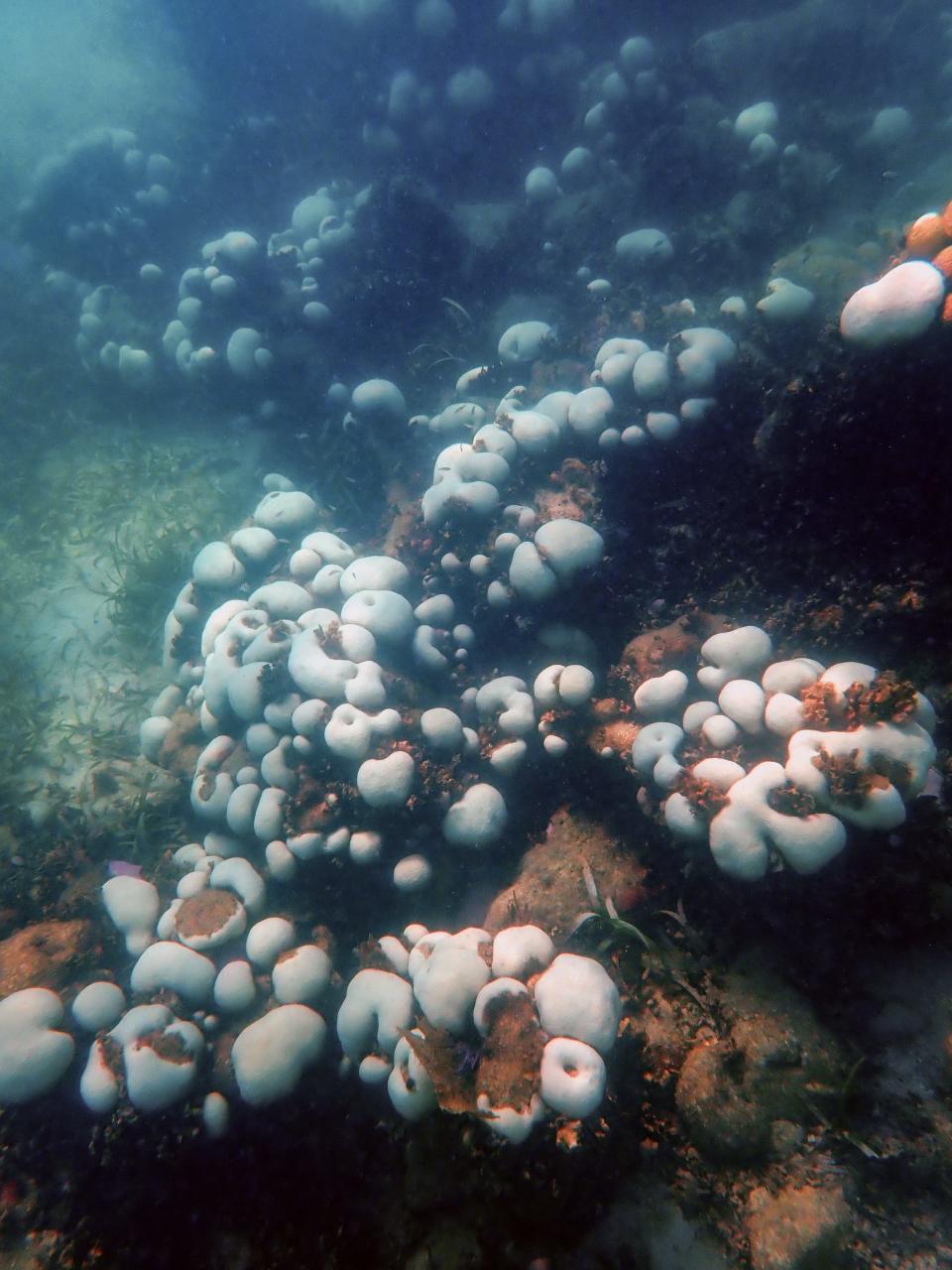
To Thuhufa, coral bleaching is one of the most pressing issues for the islands and “something the whole world is experiencing.” The last mass bleaching event, which occurred between 2014 and 2017, saw 15% of the world’s reefs die off. The National Oceanic and Atmospheric Administration predicts a fourth, even worse mass bleaching this year.
“It’s looking like the entirety of the Southern Hemisphere is probably going to bleach this year,” said ecologist Derek Manzello, the coordinator of NOAA’s Coral Reef Watch which serves as the global monitoring authority on coral bleaching risk.
“We are literally sitting on the cusp of the worst bleaching event in the history of the planet,” he said. Up to 90% of the world’s corals could be lost.
Thuhufa recalled an uninhabited island she visited for volunteer research work in high school. “The reef was so beautiful with so many vibrant colors,” she said. After the 2016 bleaching, she returned to the island to see how it was affected. “It was the most devastating thing I’ve seen,” she said. “Everything was bleached, everything was covered in algae.”
With tourism as the country’s biggest industry, resorts play a vital role in the protection of coral reefs.
Although construction and increased human activity can damage the fragile eco-systems of reefs, many resorts in the Maldives are working to protect their house reefs by hiring in-house marine biologists and creating nurseries for coral planting. New resorts in the Maldives need to undergo an impact assessment before they can break ground (or sand in their case).
A 2018 study analyzing the direct impact of seven luxury Maldivian resorts on coral reef health found that the amount of live coral and the size of colonies increased over time if the resort had conservation initiatives in place.
“Your reef is protected in the sense that there’s no fishing, and guests are told not to touch corals,” Thuhufa said. “A lot more is put into the reefs to keep them healthy.”
However, the study also revealed that resorts with poor management practices and more sedimentation and runoff can harm the reefs.
What is it like to plant coral?
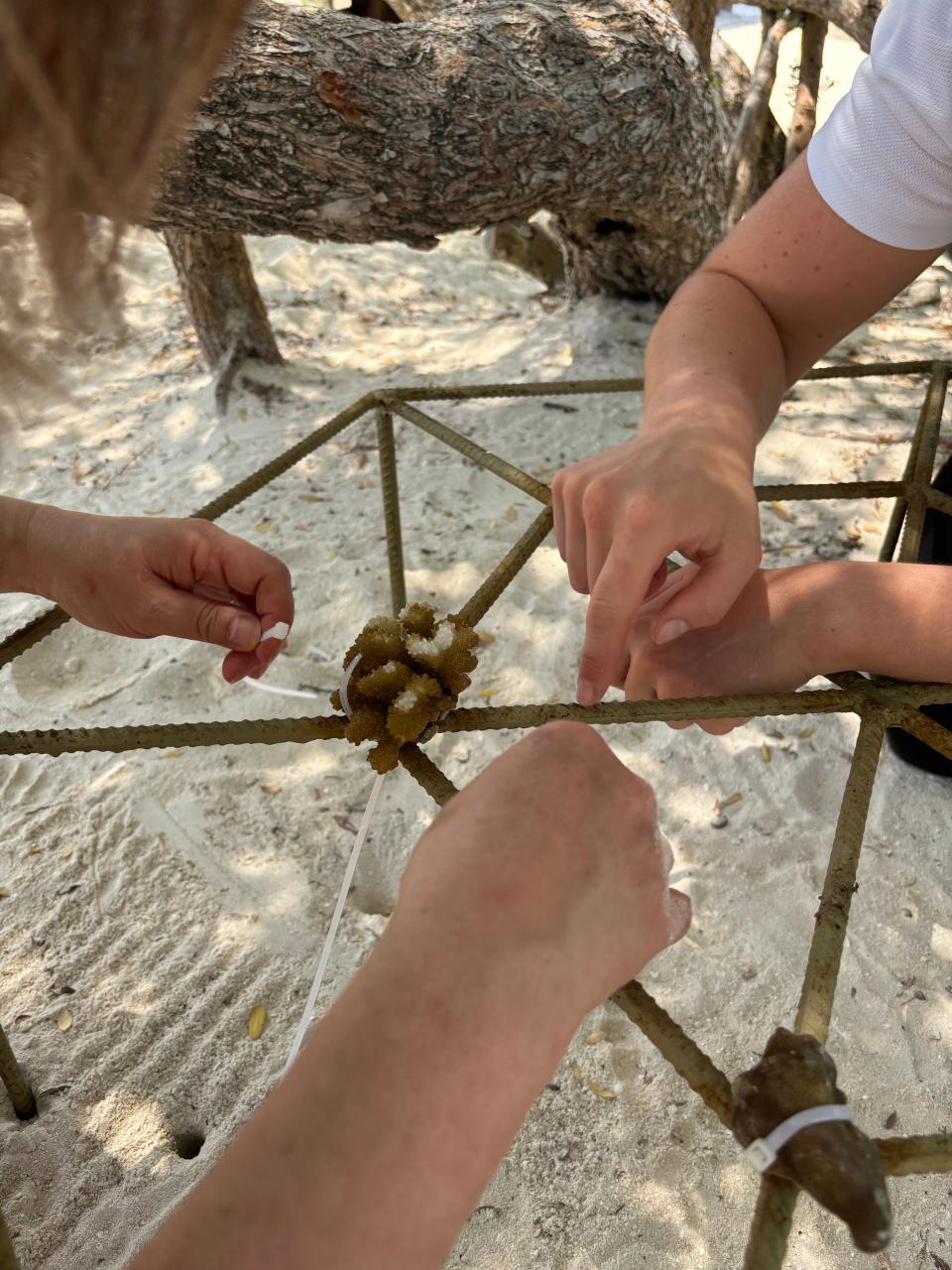
I tried coral planting for the first time during my stay at Siyam World Maldives, and it was surprisingly easy and engaging.
Guests can book the experience via the resort app, which they download during check-in, or their resort ambassador can arrange it for them.
Coral planting is an emerging type of coral restoration, and since it’s only been done on a small scale, it doesn’t tackle the root of the problem of coral bleaching or warming temperatures. It can, however, help make a specific reef a bit more habitable and spread awareness of the condition of coral reefs.
The marine biology team met me on the beach with a hexagon-shaped metal frame and two containers filled with coral fragments they found. One by one, we attached the coral pieces to the frame using zip ties, ensuring they were flush with the metal. This way, the coral will merge and regrow over the frame.
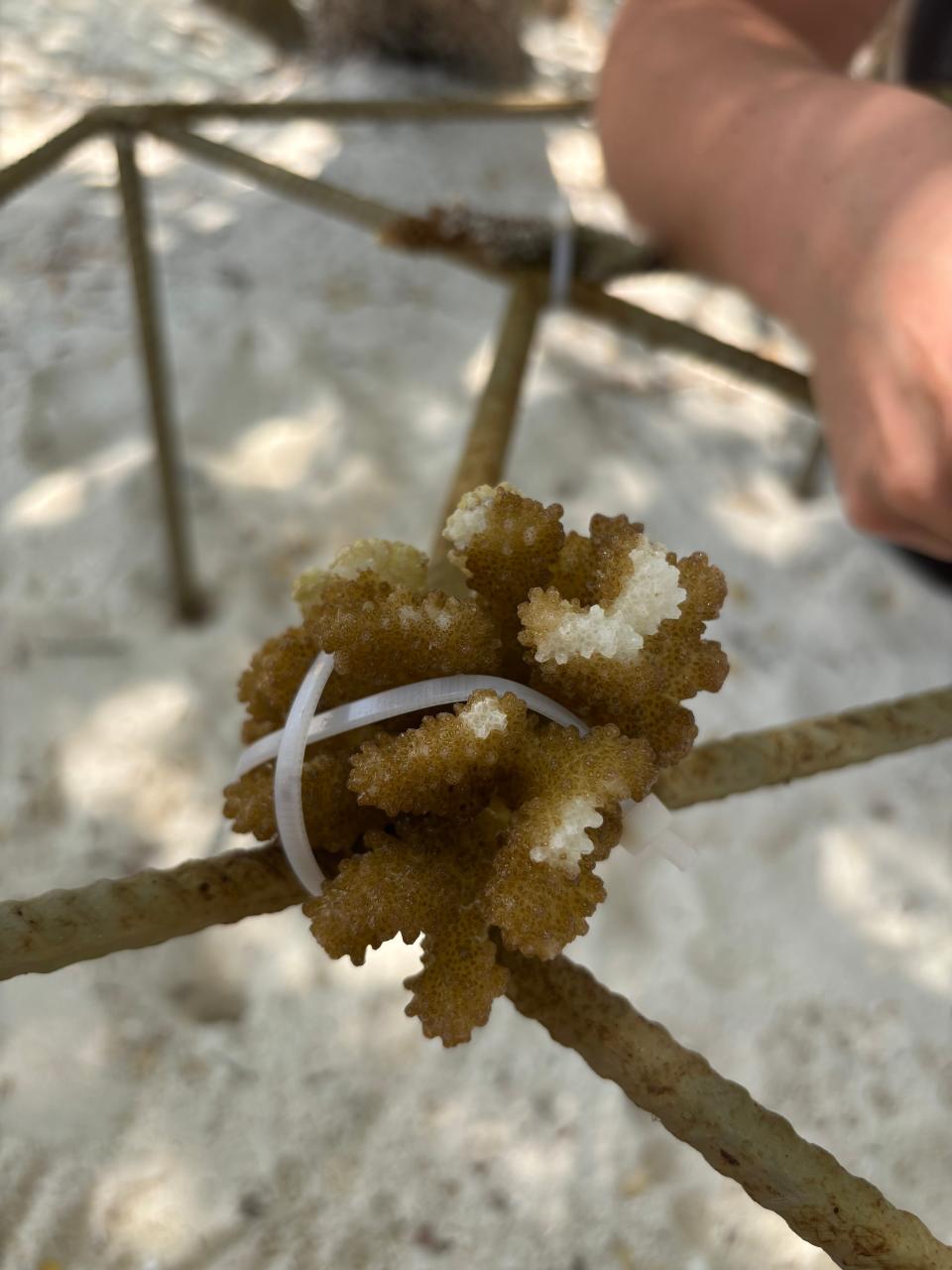
We splashed water on the corals every half hour to ensure they didn’t dry out during the process. When the frame was finished, we placed it in a shallow snorkeling area to join over 100 other coral frames. The marine biology team checked on the frames and removed any algae so the coral could breathe. The frames come in shapes like hearts or rays but remain rather open for fish to swim through them.
Although coral is sensitive, it’s also a resilient animal – yes, corals are technically considered tiny animals since, unlike plants, they don’t make their own food. Sometimes as small as a pencil tip, polyps make up the coral structure we see and attach to rocks, the seabed or, in this case, a metal frame.

Depending on the species of coral – and there are hundreds – the coral can take around five months to attach to the frame and then a few more months to regrow, according to Thuhufa.
As I dove underwater to explore the coral nursery, I noticed batfish, triggerfish and other colorful reef fish seamlessly swimming between anemones and among the coral frames.
Kathleen Wong is a travel reporter for USA TODAY based in Hawaii. You can reach her at kwong@usatoday.com.











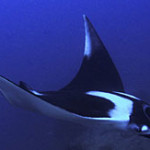
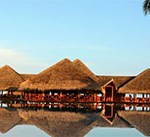


Social Profiles